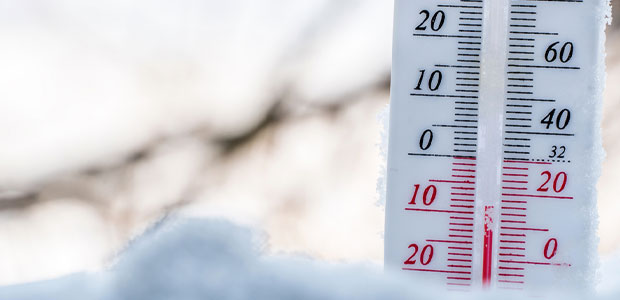
How PPE Can Help You Deal with the Harsh Conditions of Winter
Safety officers often talk about the importance of weather-specific PPE in summer, but proper PPE is just as important in the colder months.
- By Katherine Faulk
- Dec 01, 2021
PPE is used by workers, craftsman and consumers to protect themselves from injury and harm in certain working conditions. Though currently associated with face masks, PPE actually covers the gambit of safety equipment from gloves to hard hats to hi-vis clothing. Suppliers and safety officers often talk about the importance of weather-specific PPE in summer to avoid heat-related complications, but proper PPE is just as important in the colder months.
Winter Hazards
Illness. Cold and flu see an uptick in winter months. This can lead more workers to call out sick which can increase the load on others. It also means that employees may be working when not feeling their best which can lead to mistakes or misjudgment. Empowering employees to take care of and pay attention to their own limits can help them stay as healthy as possible.
Aside from the cold and flu, cooler temperatures can lead to chilblain, frostbite and hypothermia. Chilblains is the painful inflammation of small blood vessels because of repeated exposure to cold (but non-freezing temperatures). Frostbite is due to exposure to freezing temperatures and can lead to temporary or permanent damage to body tissue, including amputation. Hypothermia is when the body struggles to self-regulate warmth due to cold temperatures leading to impacted brain and organ function.
Another issue that can arise during cold weather is trench foot. This occurs when feet get wet and cold. Heat leaves the appendages more quickly and this can lead to constriction of blood vessels in the feet which can kill the tissue. Feet may turn red and splotchy or blue/grey because of trench foot.
Frozen Materials. Not only does the body get colder in winter, but so do materials. Touching cold/frozen metal and other construction materials can lead to frostbite and tears/cuts in the skin when workers attempt to remove themselves from the metal. Proper precaution should always be taken. Cold equipment can also be hazardous. Be sure to follow the manufacturer’s instruction when dealing with heavy machinery in cold weather. Electrical wires and other components can become brittle. Proper heating up of the machine can help avoid breakage and damage. You should also ensure that fluids used in the machines are rated for use in extreme temperatures. Cold weather can also lead to decreased tire pressure and make working with air compressors more complicated. Proceed with caution.
This article originally appeared in the November/December 2021 issue of Occupational Health & Safety.